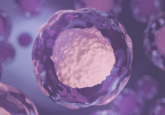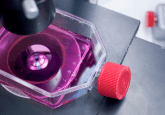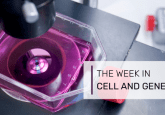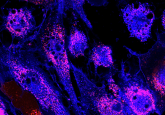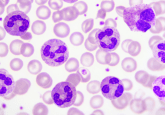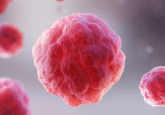Researchers discover that using early-stage stem cells is key to producing brain organoids that are reliable models of disease
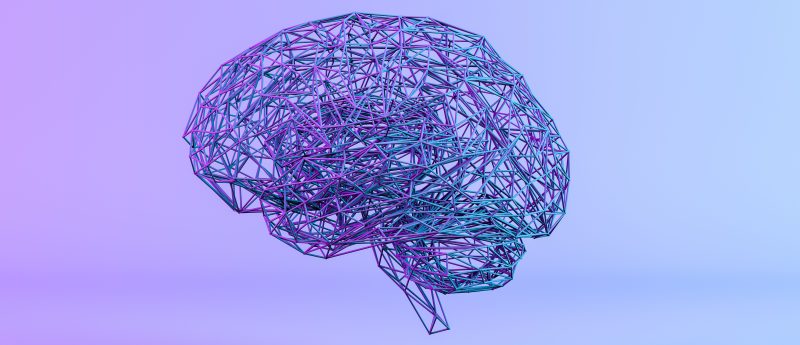
Researchers at the University of California Los Angeles (CA, USA) have published a research article in Stem Cell Reports, which proposes a new method for creating brain organoids. A lack of quality-control rules and consistent processes for manufacturing organoids has meant that a discovery in one organoid could not hold true in another.
The importance of having organoids that precisely and consistently duplicate the structure and cellular makeup of specific parts of the brain was underlined by the team, particularly when investigating neurological disorders.
The process of creating brain organoids first begins by reprogramming human skin or blood cells to become induced pluripotent stem cells, which can differentiate into any type of body cell. The induced pluripotent stem cells are then instructed to become neural stem cells which can generate almost all cell types in the brain. These neural stem cells can also be induced to assemble in 3D organoids.
The researchers discovered that growing human stem cells in a dish containing mouse skin cells, known as fibroblast feeders, provided important chemical signals and structural support, allowing stem cells to multiply and maintain their immaturity throughout time.
“In human embryonic development, the nervous system is one of the first structures to form, so it makes sense that stem cells that are early in development are best at producing brain organoids,” explains corresponding author, Momoko Watanabe, assistant professor of anatomy and neurobiology at the University of California Irvine.
One limitation to this method was that the use of mouse cells made the organoids less suitable for developing cellular therapies to replace diseased and damaged neural tissues. Additionally, the feeder-supported approach was more time-consuming than using the standard method of growing stem cells in the lab.
Next, the researchers utilized RNA sequencing and computational analysis to try to identify genetic variations between stem cells that make effective organoids and those that don’t. From this, they identified four molecules belonging to the transforming growth factor beta superfamily that were important for preserving the stem cells in a less mature condition.
The team noticed that the addition of these four molecules to stem cells growing in a dish maintained them in an immature state, resulting in the production of high-quality and well-structured organoids.
“We have taken mouse cells out of the equation while retaining some of their benefits for organoid formation, bringing us closer to our goals of studying and developing treatments for complex neurological diseases commented corresponding author Bennett Novitch, a member of the Eli and Edythe Broad Center of Regenerative Medicine and Stem Cell Research at UCLA.
Press release: Making lab-grown brain organoids ‘brainier’ | UCLA Broad Stem Cell Center
